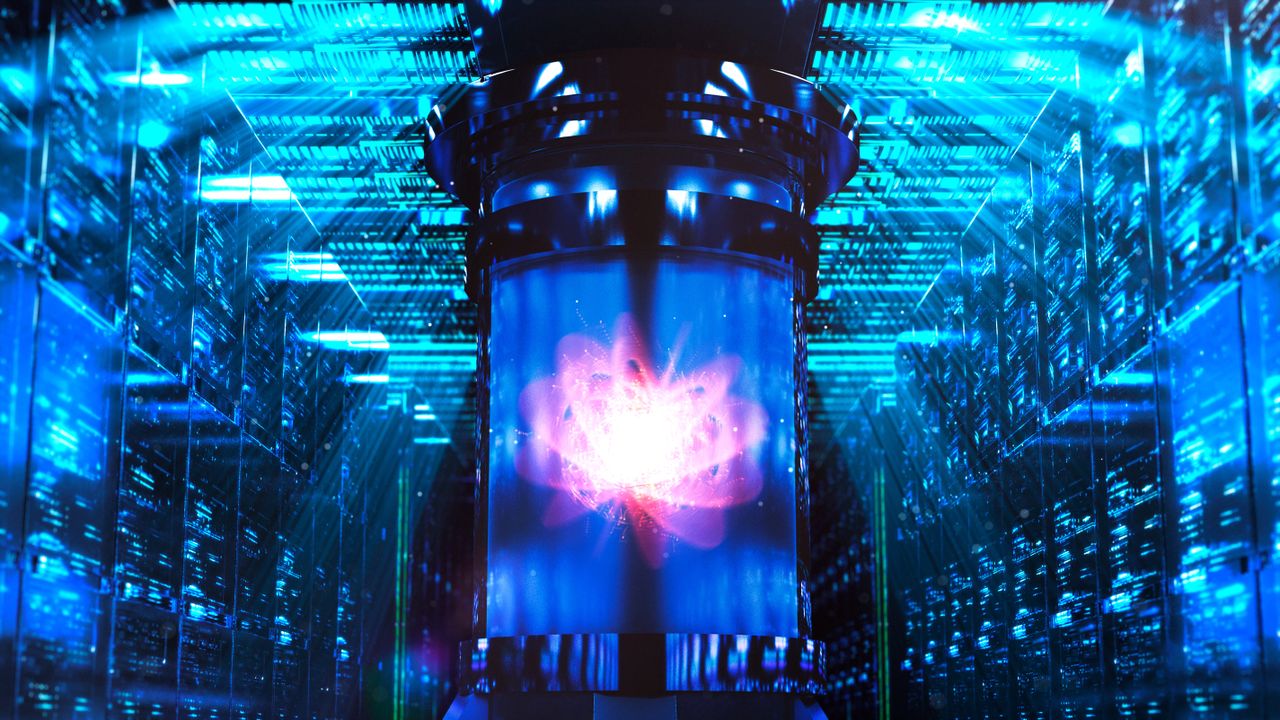Nuclear waste may soon find a second life as a power source, according to physicist Terence Tarnowsky from Los Alamos National Laboratory. At the recent fall meeting of the American Chemical Society, Tarnowsky proposed that tritium, a rare isotope essential for nuclear fusion, could be extracted from existing nuclear waste. This innovative approach could pave the way for a more sustainable and abundant energy future.
Tritium is a radioactive form of hydrogen, currently limited in supply and costly to produce, with prices reaching approximately $15 million per pound (about $33 million per kilogram). It plays a crucial role in nuclear fusion, a process that combines atomic nuclei to release vast amounts of energy. While the concept holds immense potential for clean energy, achieving commercial viability remains a significant hurdle.
One of the main challenges is the current inability to produce tritium at scale. Fusion reactions using tritium and deuterium—another hydrogen isotope—could theoretically supply power, but researchers have yet to achieve self-sustaining reactions that generate more energy than consumed. The limited availability and high costs of tritium hinder progress in harnessing fusion energy effectively.
Transforming Nuclear Waste into Valuable Fuel
Tarnowsky’s proposal involves utilizing the approximately 90,000 tons of nuclear waste stored in the United States. By employing a particle accelerator to split atoms in this waste, researchers could generate tritium through a series of nuclear reactions. Although this method would not eliminate nuclear waste, it would allow for the reuse of hazardous byproducts, maximizing the utility of existing resources.
“The technology is possible today,” Tarnowsky stated, emphasizing the feasibility of his proposal. He noted that recent advances in technology could significantly enhance the efficiency of tritium production. His preliminary calculations suggest that using just 1 gigawatt of energy—costing tens of millions of dollars—could yield approximately 4.4 pounds (about 2 kilograms) of tritium annually. This amount could potentially supply energy to tens of thousands of homes in the U.S. for a year.
Despite the promise of this method, challenges remain. Tritium is radioactive and has a short half-life, decaying at a rate of 5.5% per year. Consequently, large-scale storage of tritium is unfeasible, as it cannot be stockpiled like other energy sources. Tarnowsky suggests a shift in perspective regarding how society utilizes nuclear waste, proposing that views on nuclear energy have evolved significantly since historical accidents at facilities like Three Mile Island and Chernobyl.
The Road Ahead for Nuclear Fusion
While the prospect of using nuclear waste for tritium production is promising, many details need to be refined before a comprehensive proposal can be developed. Currently, the U.S. lacks a stable and economical supply of tritium, making it challenging to advance nuclear fusion technologies.
Tarnowsky’s vision could represent a significant paradigm shift in energy production, utilizing spent nuclear fuel already owned by the government. The idea of generating energy from nuclear waste aligns with the growing need for sustainable energy solutions as the world grapples with climate change and energy security.
“This would be a very large paradigm shift,” Tarnowsky remarked, highlighting the potential to transform how we think about waste and energy production. His optimism reflects a broader hope that advancements in nuclear technology can contribute to a cleaner, more sustainable energy future.





































































